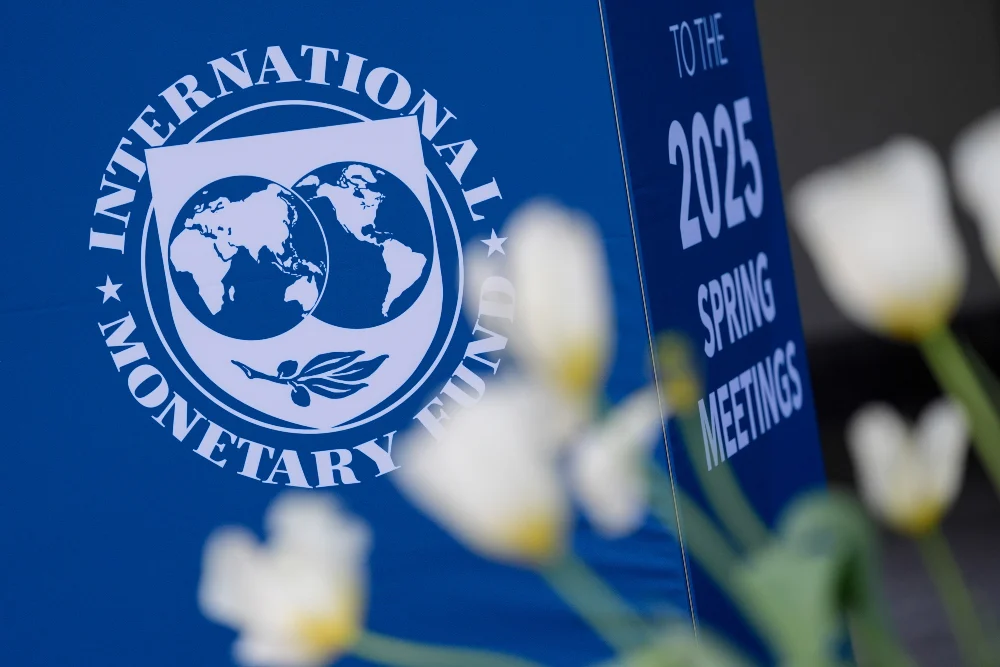Indonesia, Southeast Asia's largest economy, stands at a pivotal juncture as it projects its economic trajectory for 2025. Amidst global uncertainties, trade tensions, and domestic challenges, the nation's economic growth forecast has garnered significant attention from policymakers, investors, and international organizations. This article delves into the various projections for Indonesia's economic growth in 2025, examining the underlying factors influencing these forecasts and the strategies being employed to navigate potential obstacles.
Diverse Economic Growth Projections
The economic growth forecast for Indonesia in 2025 varies among different institutions, reflecting a range of expectations based on current and anticipated economic conditions.
- Bank Indonesia (BI): The central bank projects economic growth between 4.8% and 5.6% for 2025, emphasizing the role of robust household consumption, expanding exports, and government-led structural reforms in driving this growth.
- International Monetary Fund (IMF): The IMF maintains a projection of 5.1% growth for Indonesia in 2025, aligning with its previous estimates and highlighting the country's resilience amidst global economic challenges.
- World Bank: Echoing the IMF's outlook, the World Bank also forecasts a 5.1% growth rate for Indonesia in 2025, citing positive risk potentials such as a stronger-than-expected recovery among key trading partners and rising commodity prices.
- Government Target: The Indonesian government has set an ambitious growth target of 5.2% for 2025, as outlined in the 2025 State Budget Law, reflecting its commitment to sustaining economic momentum.
These projections underscore a cautious optimism, balancing the potential for growth with the recognition of prevailing economic headwinds.
Factors Influencing the Forecast
Several key factors contribute to the shaping of Indonesia's economic growth forecast for 2025:
1. Global Trade Tensions
Indonesia's economy is significantly influenced by global trade dynamics. Recent tensions, particularly with the United States, have introduced uncertainties. The U.S. has proposed a 32% tariff on Indonesian exports such as electronics, apparel, and footwear, which could potentially shave up to 0.5 percentage points off Indonesia's growth potential. The Indonesian government is actively engaged in negotiations to mitigate these impacts.
2. Monetary Policy and Currency Stability
Bank Indonesia's monetary policy plays a crucial role in maintaining economic stability. In response to financial volatility and a weakening rupiah, BI has adjusted its benchmark interest rate to support growth. The central bank's decisions aim to balance the need for economic stimulation with the imperative of currency stability.
3. Domestic Consumption and Investment
Domestic consumption remains a cornerstone of Indonesia's economic growth. Efforts to boost consumer confidence and spending are vital, especially in the face of rising costs and economic strain. Additionally, attracting investment through improved regulatory conditions and infrastructure development is essential for sustaining growth.
4. Commodity Prices
Indonesia's export economy is heavily reliant on commodities like coal and palm oil. Fluctuations in global commodity prices can significantly impact export revenues and, by extension, economic growth. A more stable global economy has contributed to rising commodity prices, offering a potential boost to Indonesia's exports.
Strategies for Sustaining Growth
To achieve its economic growth targets, Indonesia is implementing several strategic measures:
- Negotiating Trade Agreements: Engaging in dialogues with international partners to address trade barriers and secure favorable terms for Indonesian exports.
- Enhancing Infrastructure: Investing in infrastructure projects to improve connectivity and support economic activities across various sectors.
- Promoting Investment: Creating a conducive environment for both domestic and foreign investment through regulatory reforms and incentives.
- Strengthening Social Programs: Implementing social assistance programs to support vulnerable populations and stimulate domestic consumption.
- Diversifying the Economy: Encouraging the development of sectors beyond commodities, such as manufacturing and services, to reduce reliance on volatile markets.
Conclusion
Indonesia's economic growth forecast for 2025 reflects a nation poised to navigate complex global and domestic challenges. While projections vary slightly among institutions, the consensus indicates a growth rate around 5%, contingent upon effective policy implementation and favorable external conditions. By addressing trade tensions, stabilizing monetary policy, and fostering domestic consumption and investment, Indonesia aims to sustain its economic momentum and enhance resilience in the face of uncertainties.
Read More






 Monday, 05-01-26
Monday, 05-01-26







